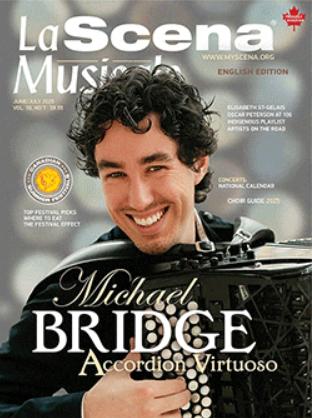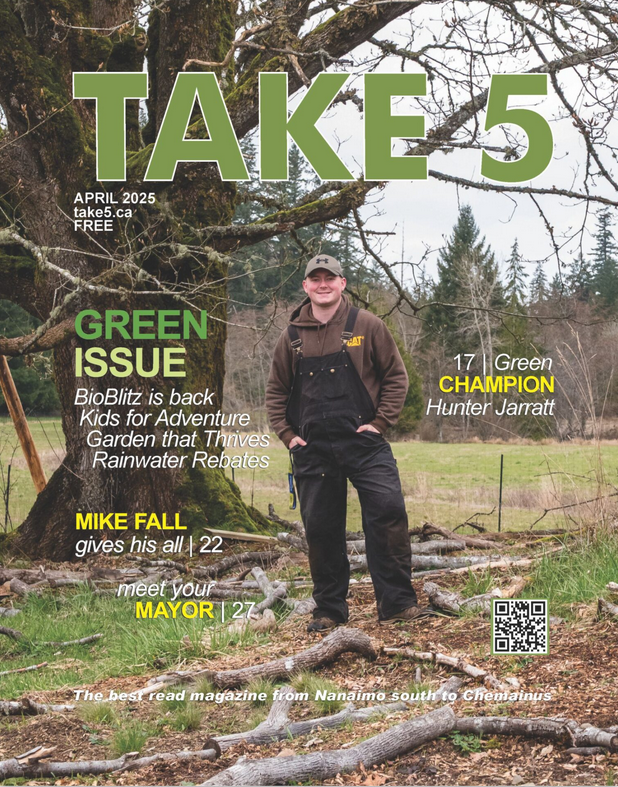By Sean Percy (Powell River Living June 2021, now qathet Living)
“What did you see down there?” It’s the question every diver gets asked, as they stagger out of the water. Laden with 80 pounds of gear, most divers don’t stop to list all they saw. Those that do, often see their listeners eyes glaze over as they start listing off species of nudibranchs, rockfish and anemones. Or maybe that just happens to the really nerdy divers like me…
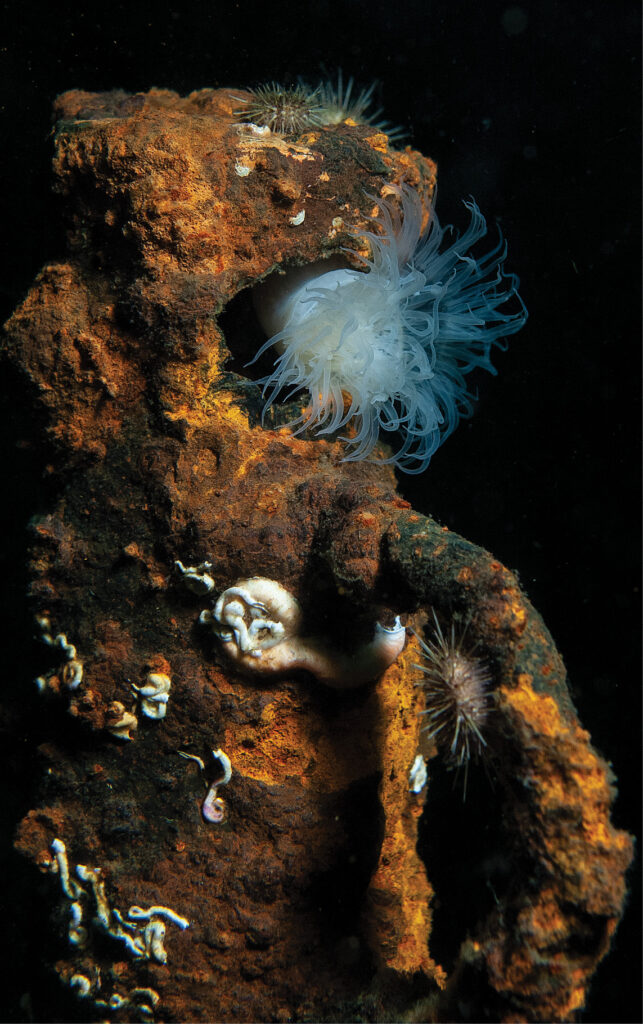
Photo by Sean Percy
In any case, when I was asked that question after my most recent dive, it reminded me of how little landlubbers get to see of what our oceans contain. When I mention the YOGN 82, the ship which most qathet residents haven’t seen since it was sunk off Willingdon Beach in 2018, people invariably ask “Is there anything growing on it yet?” The answer is an unqualified, “Lots.” So I asked local diving charter operator and photographer extraordinaire Bill McKinnon if I could join him on a couple of dives on the YOGN so we could show people exactly what’s growing on the cement ship turned artificial reef.

Photo by Sean Percy
Our dives did not disappoint. Most of the wreck is covered in some sort of life or another. Calcareous tube worms cover most of the surfaces. Thousands of anemones compete for space. Urchins crawl everywhere, along with a variety of sea stars and brittle stars. Large schools of perch flow over the upper decks. Clusters of eggs were guarded by male lingcod and cabezon. Rockfish, sculpins, gunnels and gobies hide in every corner of the ship.
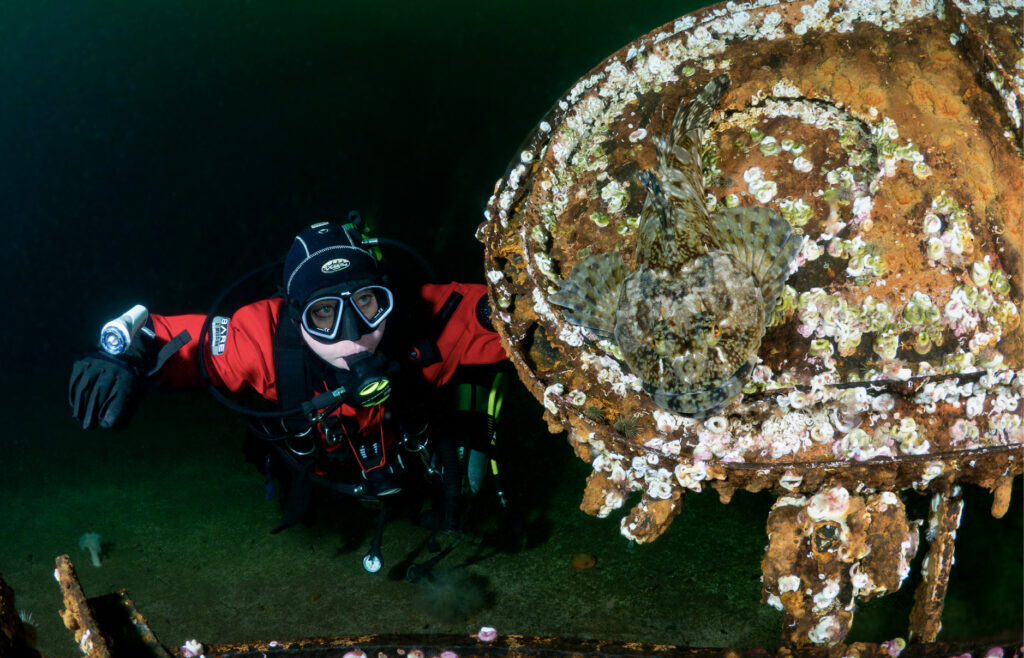
Photo by W.L. McKinnon
Elsewhere, grumpy-looking wolf eels have found homes in nooks and crannies.
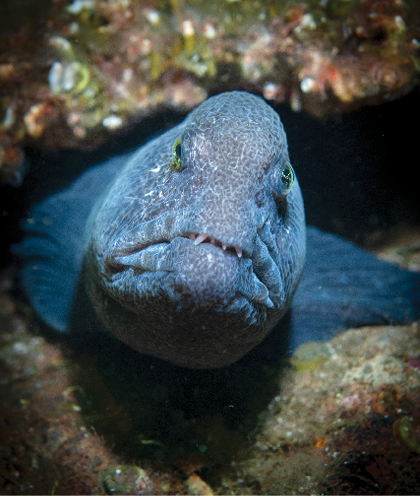
Photo by W.L. Bill McKinnon
At the bow of the vessel, a copper rockfish shares the hawse-hole with a sunstar. I’m delighted to see the large orange sea star, because they have been among the species most devastated by sea star wasting syndrome. A single star is far from a recovery, but it makes me happy to see one that isn’t melting from the mysterious disease.
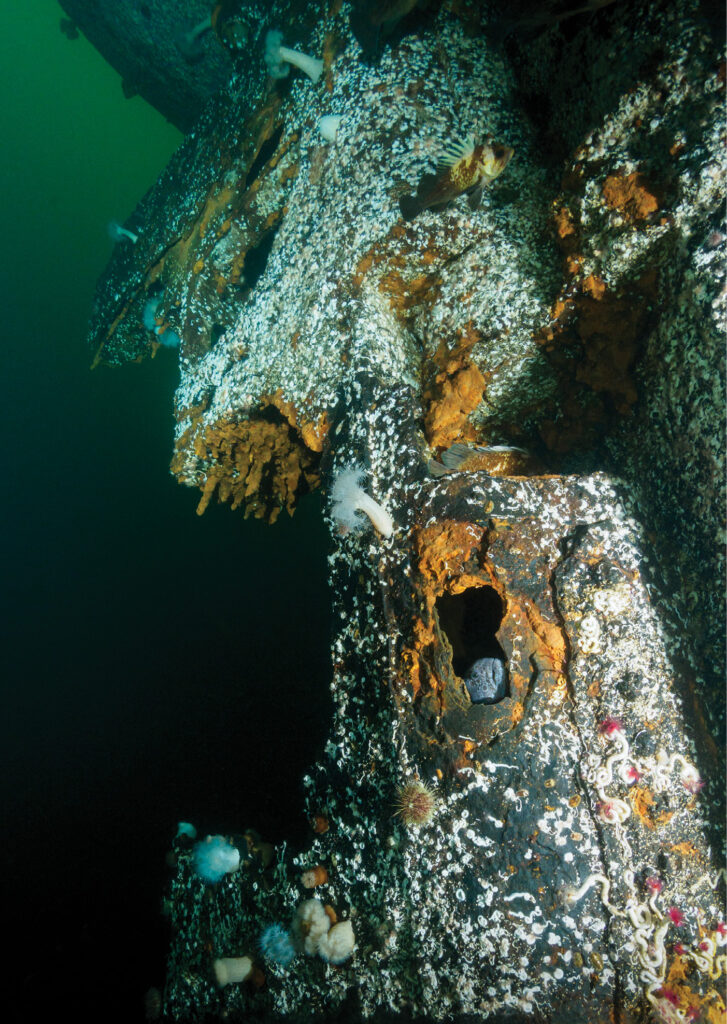
Photo by W.L. McKinnon
A pair of sea lions buzz by, curious about the bubbles created by these awkward visitors. But I’m too slow to change my focus from the tiny eggs I’ve been photographing to capture the big pinnipeds.
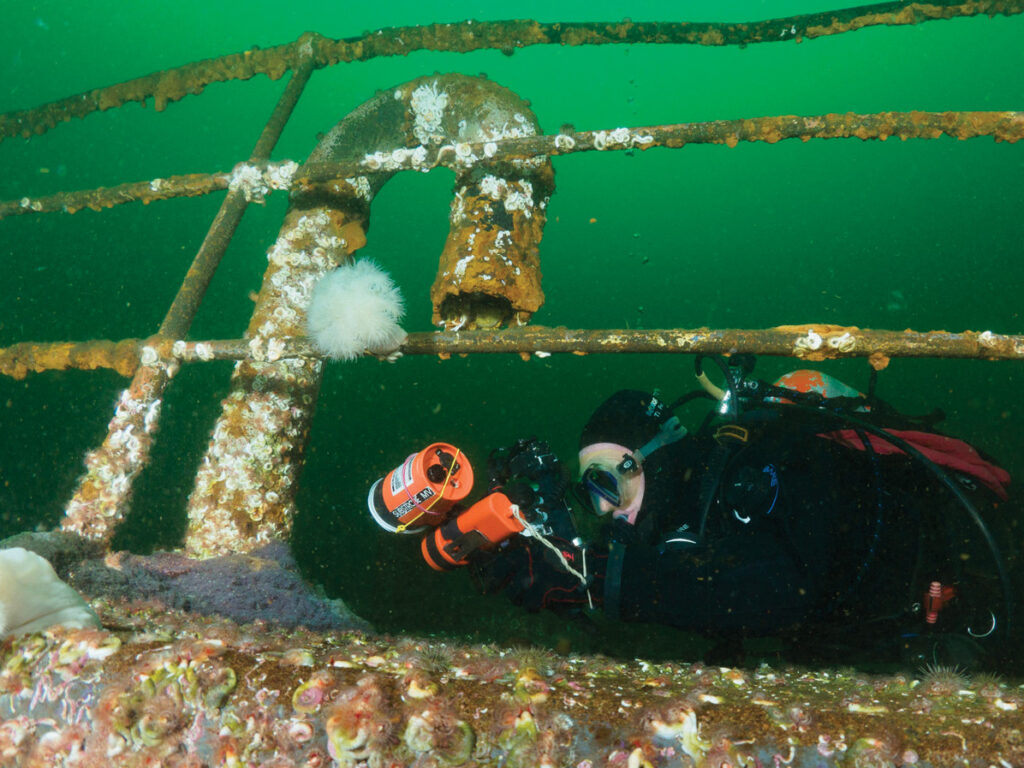
Photo by W.L. McKinnon
I run out of air long before I run out of subjects to photograph.
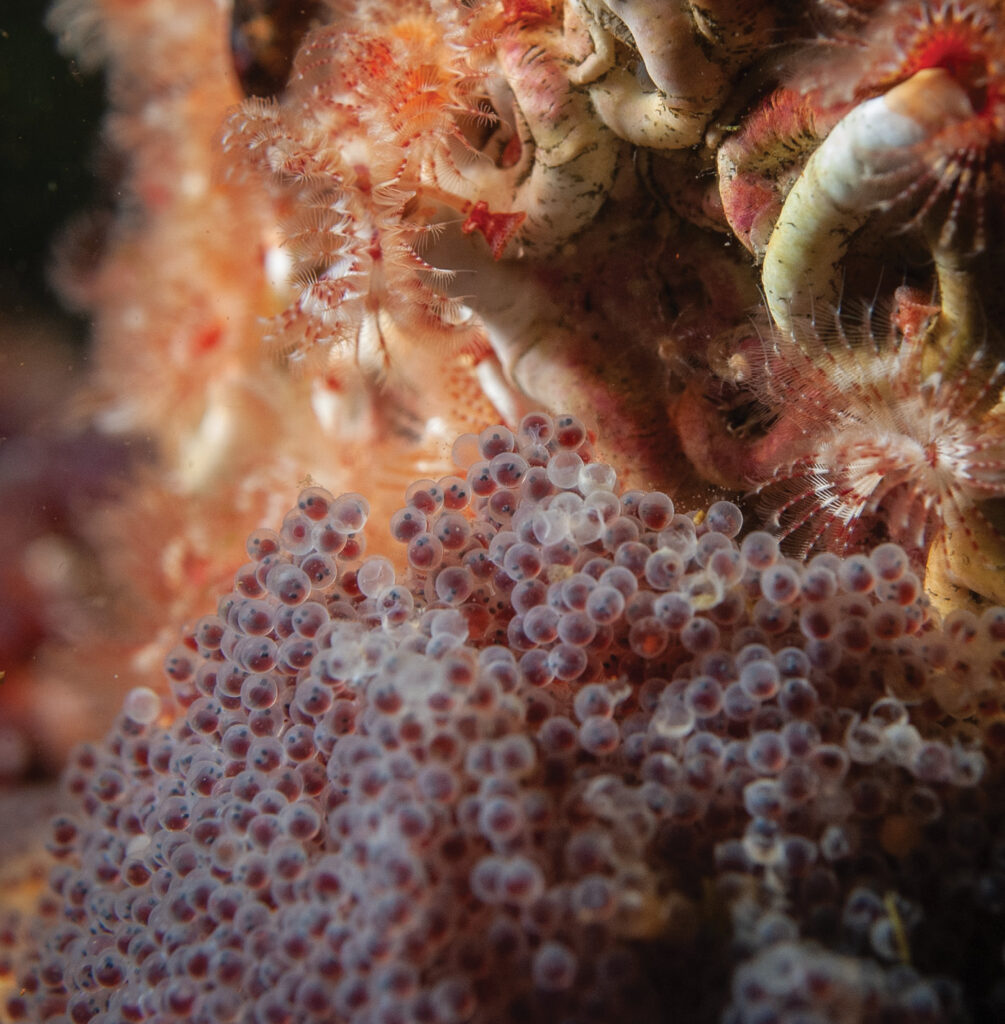
Photo by Sean Percy
Bill says that while the wreck itself is not the most interesting structure in the collection of BC’s artificial reefs, the amount of life growing on it is remarkable.
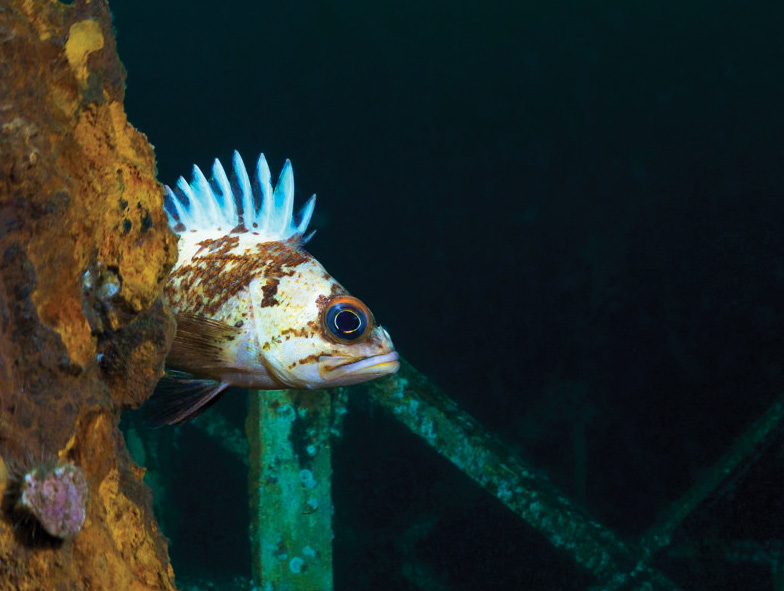
Gary Lambeth, owner of Salish Sea Dive, takes divers to the YOGN regularly. He says the speed with which the hulk has been colonized since its June 23, 2018 sinking never ceases to impress him. He says that’s partially because the concrete is porous, making it easy for plants and animals to attach.
“The transformation is amazing,” said Gary. “The growth is way better than steel ships. It is almost fully covered with white tube worms. I’ve seen multiple octopi and wolf eels on it. There’s so much life. Stuff has moved right in.”
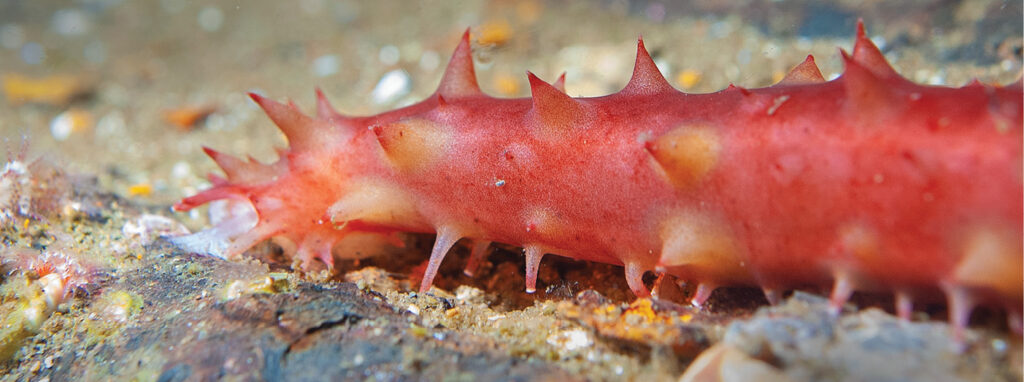
Photo by Sean Percy
Gary is excited about the number of baby fish he’s seeing on the warship-turned-fish-nursery.
“I’ve seen more juvenile rockfish there than I have seen anywhere else,” Gary said.
There has been talk of making the wreck off-limits to fishing, but no rules have been put in place yet. Whether or not that happens, the artificial reef will continue to provide refuge to hundreds of species for centuries to come.


